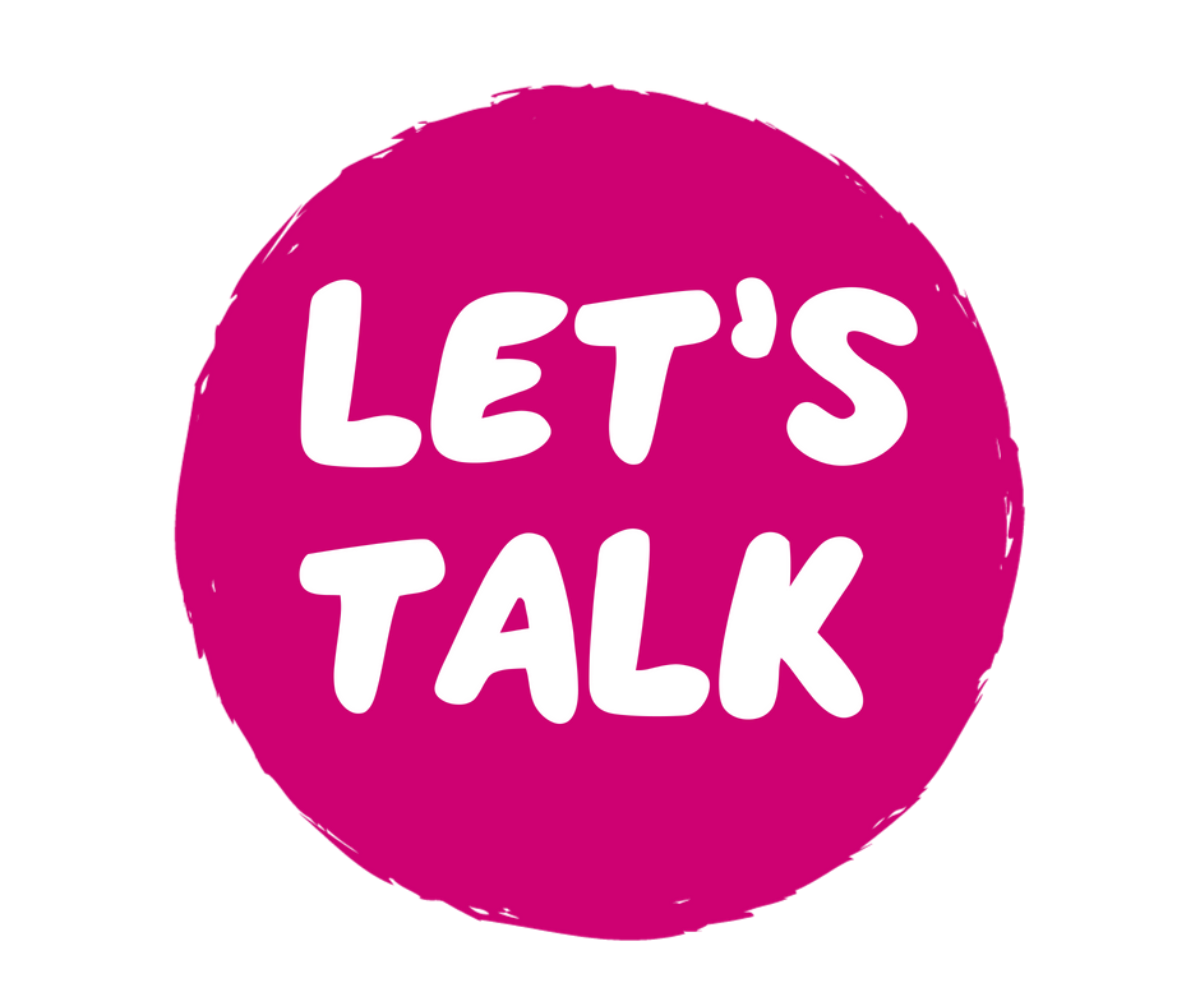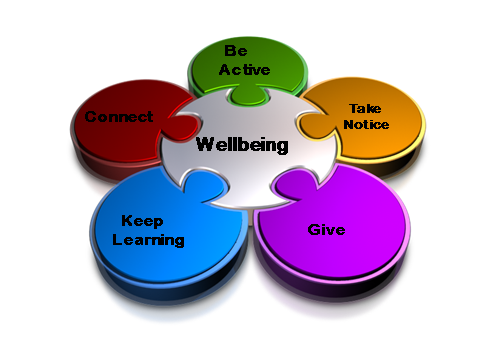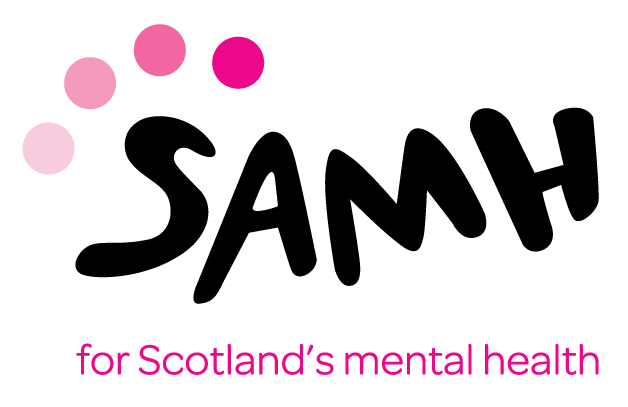Blogs & News
Mental Health Awareness Week: Five Ways to Wellbeing
15 May 2020


Many thanks to Emma from SAMH who joined the Rural Youth Project mental health webinar and provided information on the 5 Ways to Wellbeing model.
5 Ways to Wellbeing
Be Active – take the dog out, walk, run, cycle, play, garden, dance, stairs v lift, get out at lunchtime, get off the bus at an earlier stop. Base the activity on your enjoyment, mobility and fitness. Proven links between having good physical health and mental wellbeing. Physical activity can reduce stress, depression, anxiety and cognitive decline. It also increases self-esteem, self-control, mood, alertness, energy and ability to meet a challenge
Take Notice – be curious, take notice of the beautiful or unusual, look for changes in you or the environment around you, astronomy. Use mindfulness, journaling, draw, paint or photograph to savour the moment. Helps you to take more notice of your thoughts, feelings and body, reflect, identify triggers and stop taking things for granted. It helps to stop dwelling in the past and catastrophising about the future. Overall it broadens awareness, helps to reaffirm life priorities and influences more positive life choices.
Give – volunteering is an amazing way to give back but there are others that you can suggest such as making a nice gesture or compliment, giving blood, mentoring, listening, smiling, taking someone out, sponsoring a friend, helping with a project, recycling, donating items to charity or joining a community group. Giving helps to create a sense of purpose and reinforces positive feelings around self-worth and rewards as well as building trust and relationships.
Keep Learning – is about trying something new, rediscovering an old interest, signing up to a course, taking on a new challenge, fixing, making or repairing something, learning something new about someone, reading, doing a puzzle or quiz, researching a topic, fact or new word, visiting museums or galleries, learning a new language or your family history. It increases feelings of hopefulness, confidence, self-esteem, satisfaction, optimism and enjoyment. Learning more can help to build connections, enhances social interactions and builds resilience. It can also add activity to someone’s life, give them a sense of purpose and achievement. It has also shown to reduce depression, especially in older people and improves people’s ability to deal with stress.
Connecting with people around you could mean building better bonds with family, friends, colleagues or neighbours in your local community. Closeness is a valued human need that offers security, a sense of belonging and gives a greater sense of purpose and self-worth. It helps to reduce isolation and loneliness thus buffering against mental ill-health and promotes wellbeing. This is largely due to building bonds, rapport and trust which can lead to greater sharing amongst people. This might take the form of fears, experiences and emotional support. Why not have a chat rather than email? Speak to someone new, have some dedicated family time, plan a day out with friends, switch off technology, have lunch with a colleague, share a journey, volunteer, have a dinner party, befriend someone, share old photos or a quote.

Registered in Scotland No. SC623598







